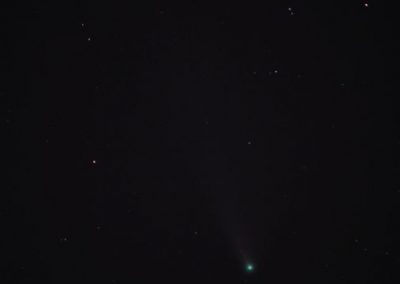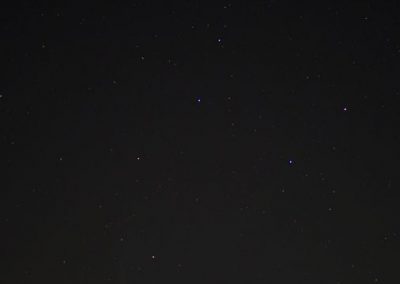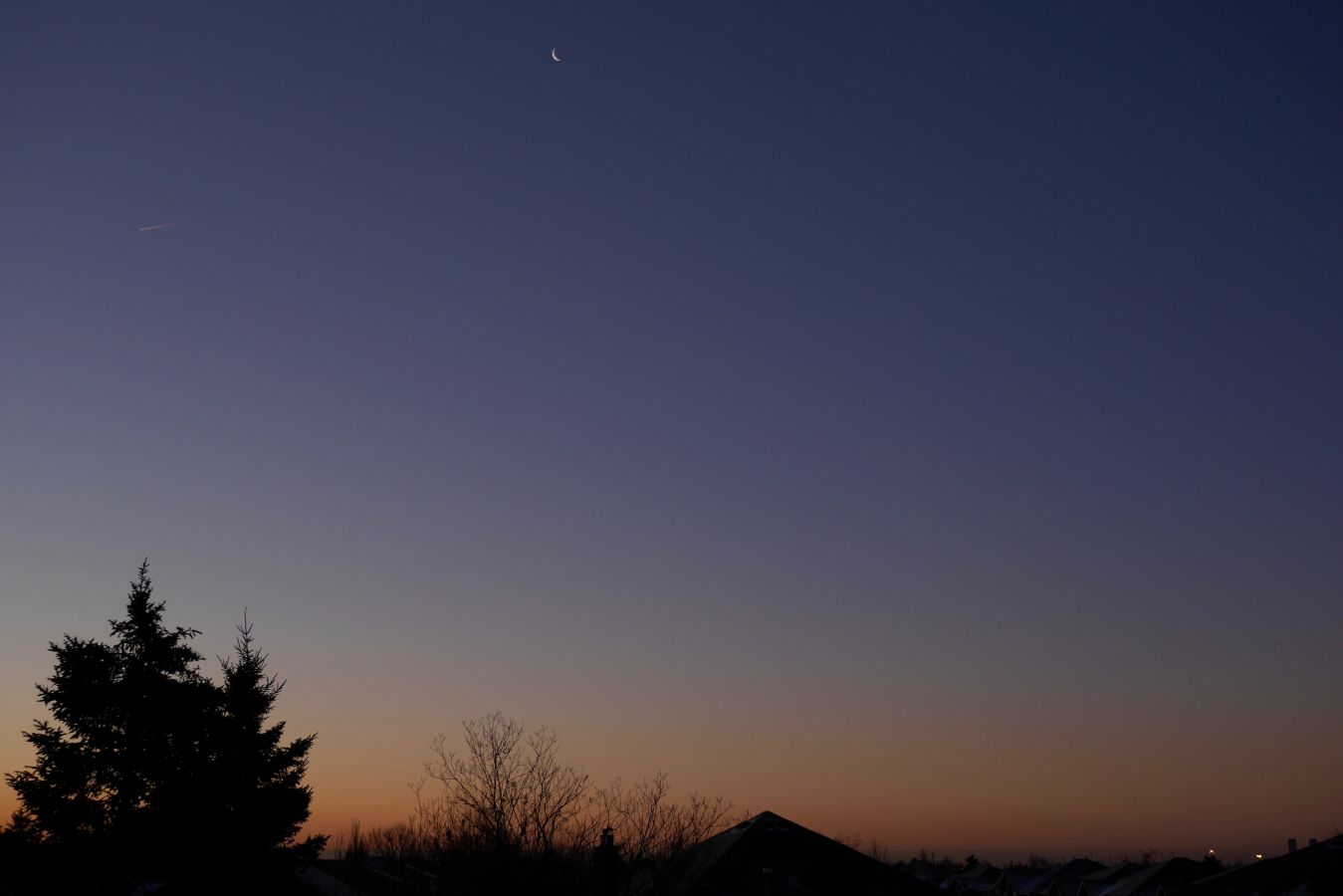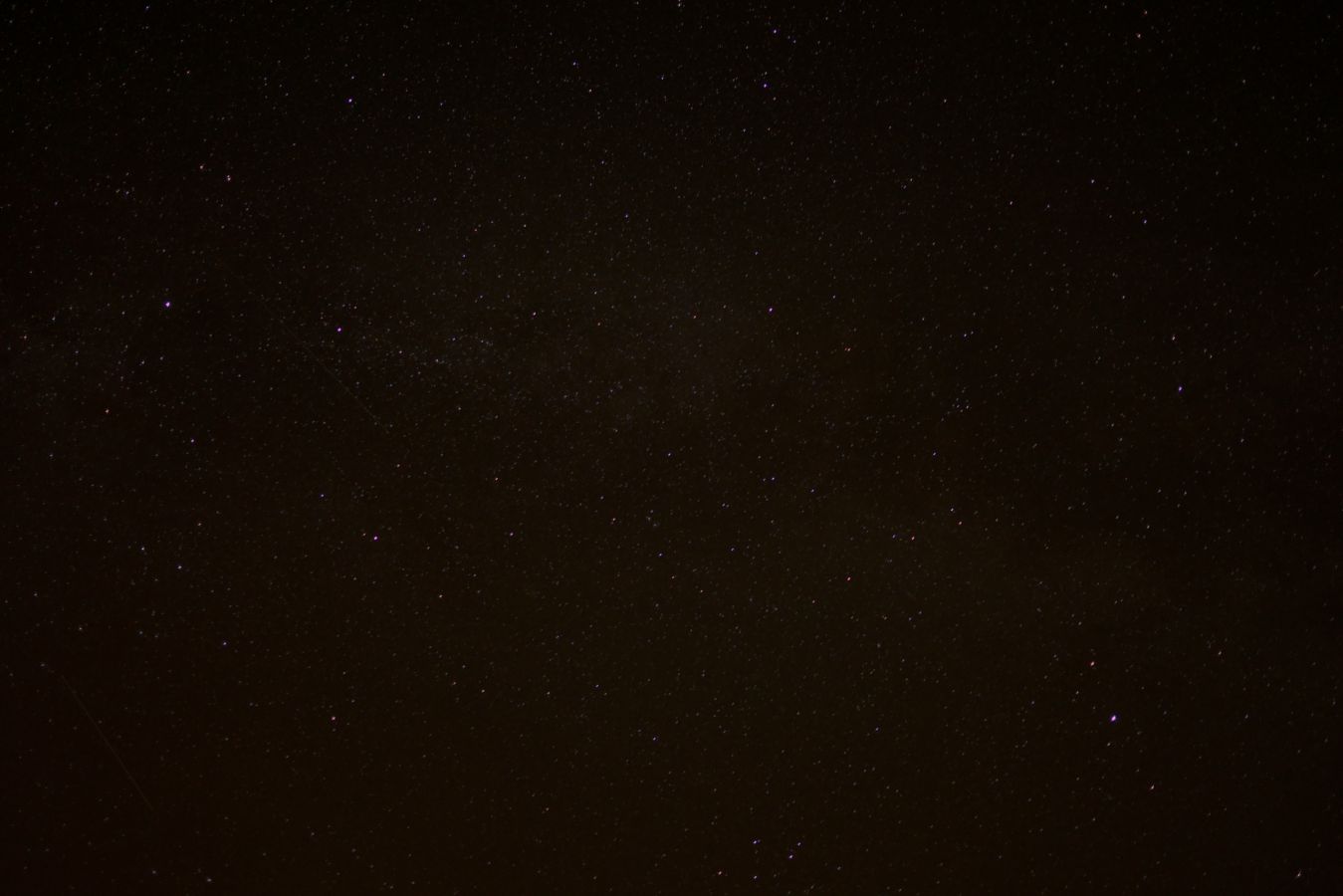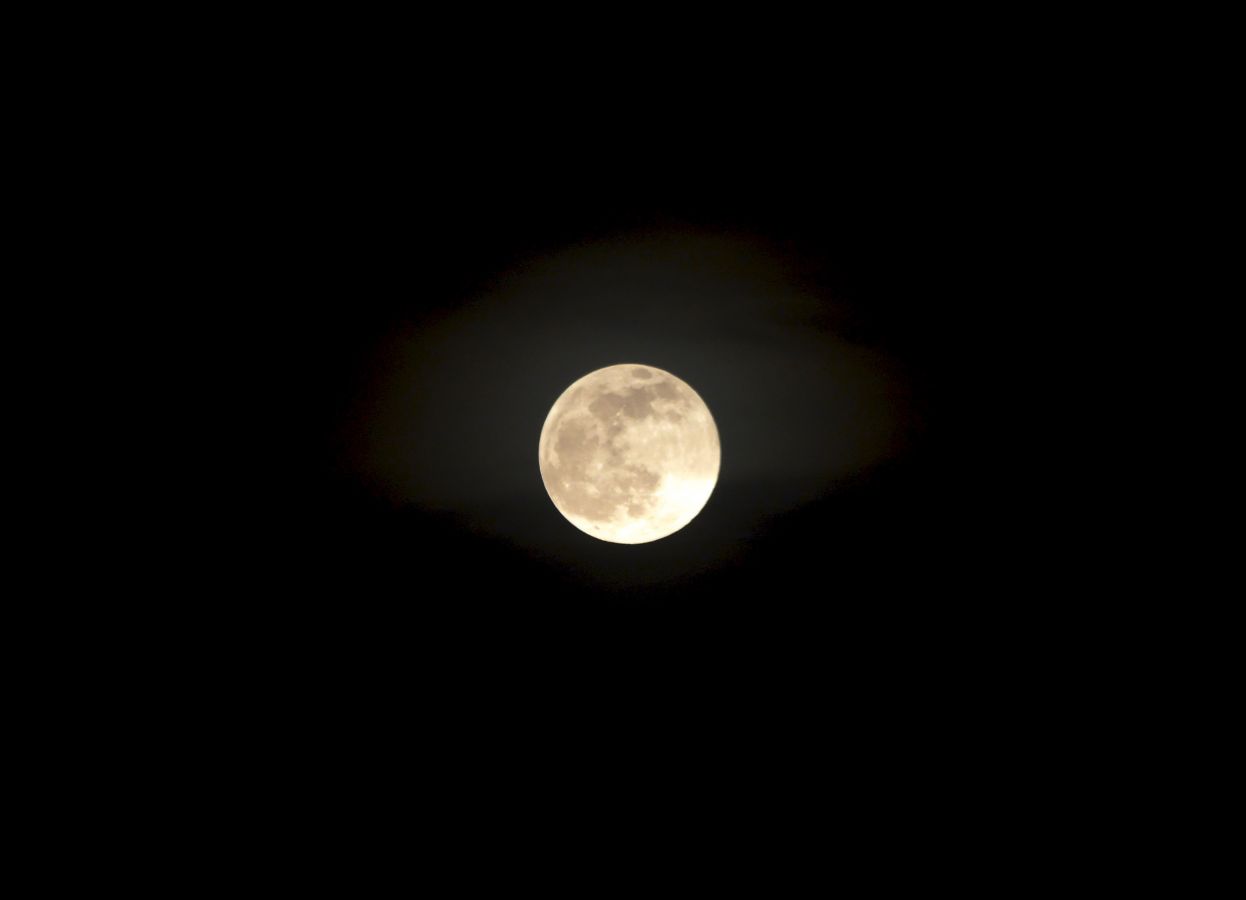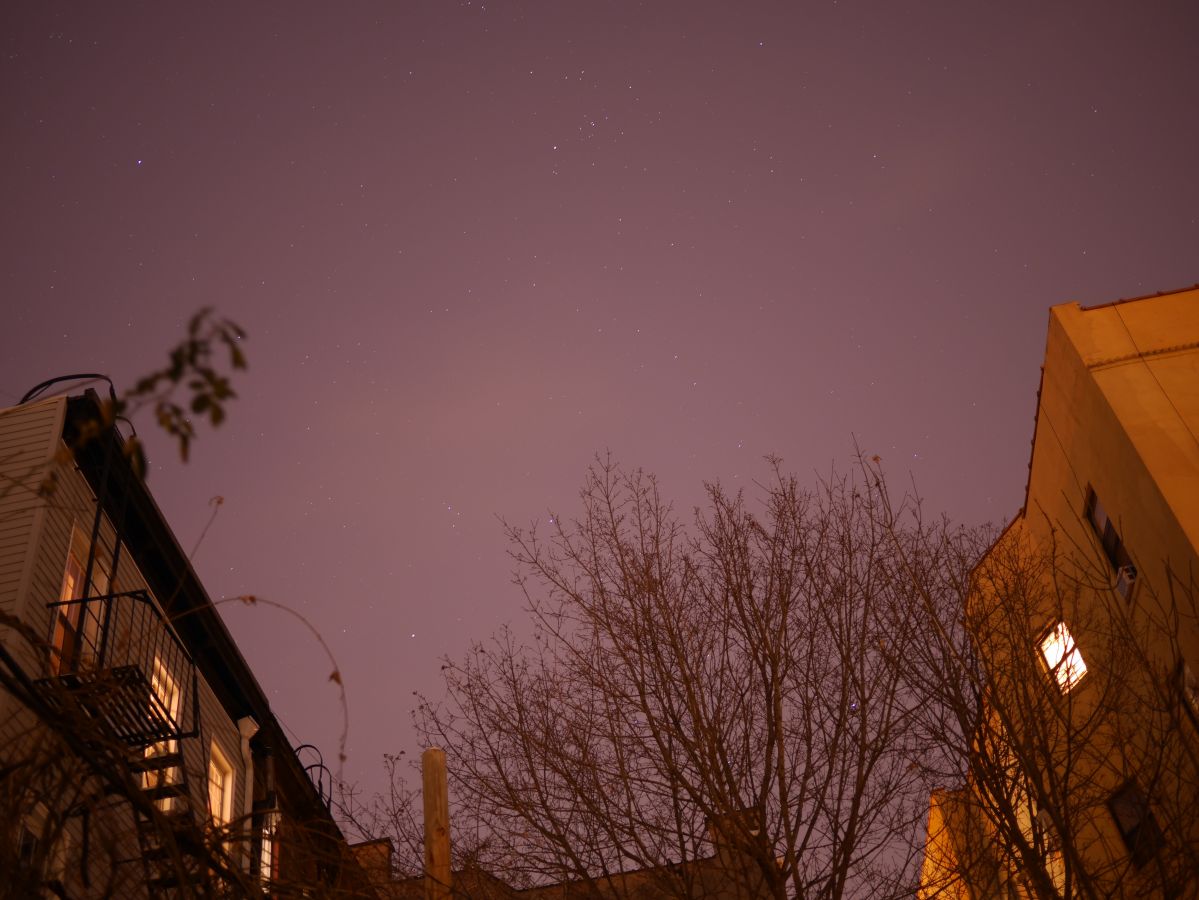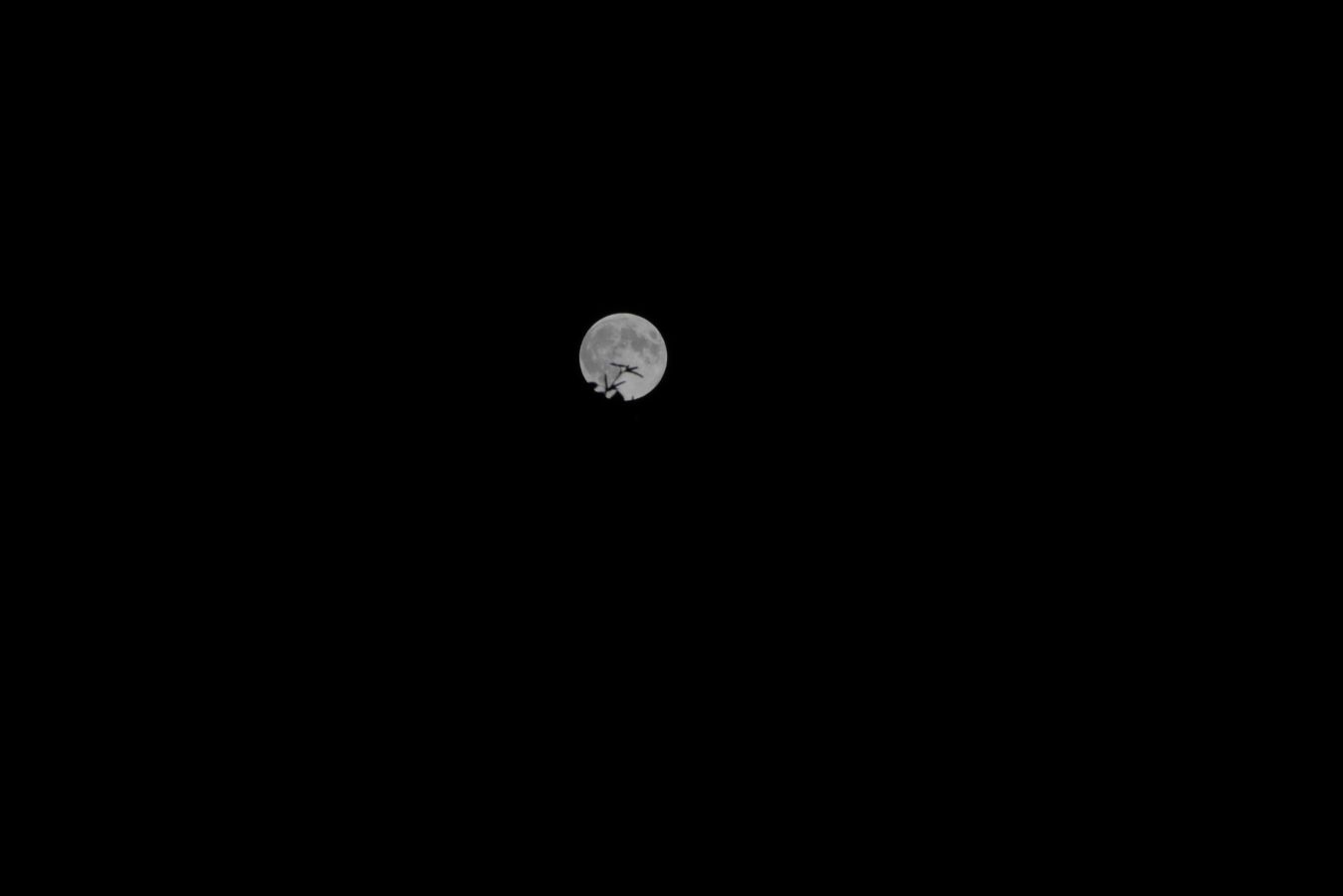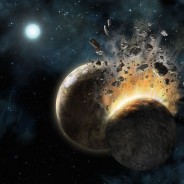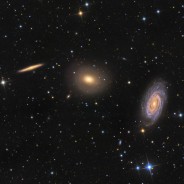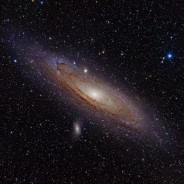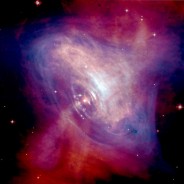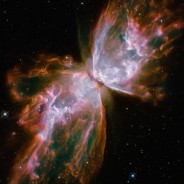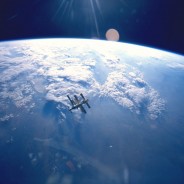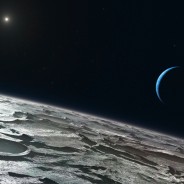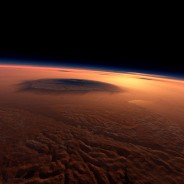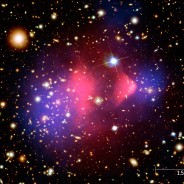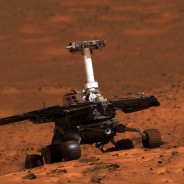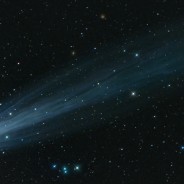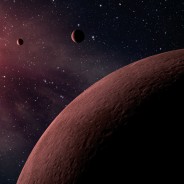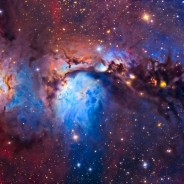I have a deep love for astronomy but I also love photography. I try and take astrophotography photos but I mostly take photos of landscapes and objects. There are two sets of photos on this page:
- My personal photography
- Photos I’ve used in all my posts (some are awesome as desktop wallpapers!
5 Reasons Why You Should Know Future Mars-Walker Alyssa Carson
5 Reasons Why You Should Know Future Mars-Walker Alyssa Carson There are a lot of ways one could feel inspired in astronomy, whether it’s from looking at a marvelous galaxy located millions or even billions of light years away, or landing a rover on another planet. One person really caught my attention and her name is Alyssa Carson. She is quite an amazing person and just an overall humble and intelligent person. I’m going to list 5 reasons why I think you should know the future Mars-walker Alyssa Carson. 1....
read moreOur Current Understanding of How are Planets Formed
Our Current Understanding of How are Planets Formed Have you ever wondered how planets are formed? For hundreds of years astronomers have imagined how it could have formed and formed theories around these ideas as more and more evidence came into the picture. However, we can only observe after the fact planets have formed so it makes it a little difficult to study. There are ways around this and the Hubble Space Telescope has helped scientists all over uncover the mystery of how planets are formed. Let’s take a look....
read moreThree Beautiful Galaxies in Draco
Three Beautiful Galaxies in Draco Here are three beautiful galaxies in the Draco constellation. These three galaxies are (from left to right) NGC 5981, NGC 5982, and NGC 5985, which lie 100 million light years from Earth. The sharp-edged shell details on NGC 5982 hint at a previous galaxy merger. To many deep sky observers this is also known as the “Draco Trio.” Seeing two barred spiral galaxies at different angles is a rare sight to see in one image. There are a few mysteries bubbling in some of these galaxies. For...
read moreOne of the Coolest Discoveries About Andromeda You Never Knew About
One of the Coolest Discoveries About Andromeda You Never Knew About You’ve may have heard of this famous galaxy called Andromeda or M31. It’s located 2.5 million light years away and it’s so large that it can even be seen with the naked eye! However, that’s not the astounding fact I want to talk about today. What’s really interesting is this research paper published in the new Nature issue (March 2014). What researchers discovered is that Andromeda is surrounded by numerous small satellite galaxies...
read moreHow the Tulip Nebula (Sh2-101) is More than Just a Gorgeous Image
How the Tulip Nebula (Sh2-101) is More than Just a Gorgeous Image This image really takes my breath away. Everyone, say hello to the beautiful cosmic flower called the Tulip Nebula (Sh2-101). This gorgeous nebula is about 8,000 light years away from Earth. You can find this in the constellation of Cygnus which is located within our Milky Way. The Tulip Nebula was first discovered in 1959 by astronomer Stewart Sharpless. What’s cool about this image is it’s a composite image that maps the emission. The red gasses in...
read moreWhat is a Pulsar and Why are they Incredibly Deadly?
What is a Pulsar and Why are they Incredibly Deadly? Pulsars are one of the most energetic and deadly death rays that exist in the universe, and you know what makes them even worse? When they are pointed at Earth. First things first is laying down the definition of a pulsar. A pulsar is basically the endpoint of a stellar evolution. Think of a star, at least 8 times bigger and no more than 50 times bigger than our Sun, that spends its happy life fusing atoms and burning up oxygen, helium, hydrogen and so on. Then near the end...
read moreThe Gorgeous Butterfly Nebula NGC 6302 Emerges from a Dying Star
The Gorgeous Butterfly Nebula NGC 6302 Emerges from a Dying Star What a beautiful image of the Butterfly Nebula. This planetary nebula is a result of a dying star that was 5 times the mass of our own Sun and released a fury of hot gasses and a stream of ultraviolet radiation. For those of you who don’t know it’s called a planetary nebula because when viewed through a telescope it appears to look like a planet. In the 1780’s William Herschel coined the term planetary nebula even though it is a misnomer,...
read moreSpace Station Mir: The Love and Loss of Earth’s First Space Station
Space Station Mir: The Love and Loss of Earth’s First Space Station When we think about space stations the first name that comes to mind to most of us is the International Space Station (ISS). However, a space station that is often forgotten but was important to us is a space station called Mir. Space Station Mir lasted 15 years, three times it’s expected lifespan, and even outlasted the Soviet Union who launched it into space. The Russian word “mir” literally translates to peace, world, or village....
read moreReasons Why Triton, Neptune’s Moon, is One of the Coolest Moons!
When I think about moons in our solar system I usually go for the favorites like, Jupiter’s Europa because of its mysterious hidden ocean beneath the crust, or Saturn’s moon Titan being one of the only moons with a dense atmosphere. However, one planet and moon that never gets in the spotlight is Neptune’s moon Triton! It’s arguably one of the coolest hidden gems in our solar system, and I’ll tell you why. Why Triton Rocks My Boat 1 ) Triton is one of Neptune’s largest moons and is the...
read moreHappy Martian Summer Solstice (For the Northern Hemisphere Martians)
Quick Facts About Mars: 1) Since Mars has only 15% of Earth’s volume, Martian gravity is only 37% of the Earth’s. Meaning you could jump 3x higher on Mars than on Earth. 2) In this particular image you can see the BIGGEST volcano in the Solar System. This beast is 21 km high (compared to Mt. Everest’s 8 km) and a whopping 600 km in diameter. Even though this volcano formed over billions of years, many scientists believe this volcano is still active. 3) Average temperatures on Mars is about -60 degrees C or maybe you...
read moreWhat is a Dark Galaxy?
What is a dark galaxy? Well a dark galaxy is an early galaxy formation that is very inefficient at forming stars and is thought to be made up of dark matter. They are usually small low density gas-rich galaxies that have been thought to be the building blocks of today’s bright star filled galaxies. Since dark galaxies don’t hold any visible stars they are invisible to us making it very hard to detect. The theory of dark galaxies originated in 2000 when astronomers were studying a gas cloud called VIRGOHI21. Scientists were...
read moreHappy 10 Year Anniversary Mars Spirit Rover
10 years ago today Spirit rover lands on Mars, marking it a beautiful time in human history. It landed in 2004 and was active until 2010. It was one of the two rovers, at the time, that took part in NASA’s ongoing mission called Mars Exploration Rover Mission. The other rover, Opportunity, landed on the other side of the red planet 3 weeks later than Spirit. The objective for Spirit’s mission was to search for and characterize a variety of rocks and soils that hold clues to past water activity. It wa also sent to determine...
read moreYour 2013 Guide to the Top Space Discoveries of the Year
What a year it has been for astronomy! There have been some amazing discoveries like finding more habitable planets that contained water to the more bittersweet stories such as the malfunctioning of the Kepler Spacecraft. Nonetheless, it’s that time of the year where we take a look back at some of the top space discoveries of 2013. Let’s take a look! Our Friend Voyager Enters Interstellar Space Sending Humankind Farther Than Ever Before Back to Top Voyager 1 and 2 have made humankind proud with how far...
read moreNASA’s New Study Suggests Carbon Worlds May Be Waterless
NASA’s New Study Suggests Carbon Worlds May Be Waterless According to a NASA-funded theoretical research carbon rich planets, such as diamond planets, may be waterless. By modelling the ingredients of a carbon planet the data shows that they would lack ocean reservoirs or icy water that supply said planets with oceans. Torrence Johnson of NASA’s Jet Propulsion Laboratory in Pasadena says, “The building blocks that went into making our oceans are the icy asteroids and comets.” Then goes on to say “If...
read moreBeautiful Reflection Nebula of M78
Beautiful Reflection Nebula of M78 This is a beautiful image of a reflection nebula called M78. It’s located in the constellation Orion and is 1600 light years away from Earth. A reflection nebula is a cloud of interstellar dust that reflects the light of nearby stars. The nebula itself is 5 light years across and glows blue because it’s reflecting blue light from young hot stars in the region. Dark dust lanes can be easily traced through this beautiful skyscape. An interesting antidote about reflection nebulas is...
read more
